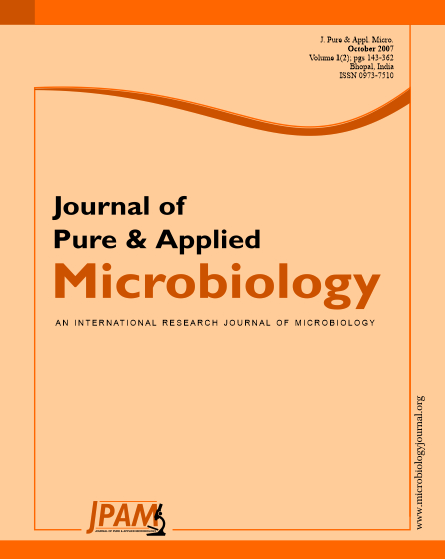Response surface methodology (RSM) was used to evaluate the effects of variables, namely the concentration of glucose, citric acid, KH2PO4 and NH4Cl, in the synthetic production medium for xanthan production. Central composite design was used in the design of experiments. The experimental results showed that the optimum concentration of the components were (in g/l): glucose, 34.20; citric acid, 2.11; KH2PO4, 4.01 and NH4Cl, 2.13. The maximum xanthan production was 12.5 g/L. This method was efficient; only 24 experiments were necessary to assess these conditions, and model adequacy was very satisfactory as the coefficient of determination was 0.9856.
optimization, central composite design, response surface methodology, synthetic production medium, xanthan production
© The Author(s) 2007. Open Access. This article is distributed under the terms of the Creative Commons Attribution 4.0 International License which permits unrestricted use, sharing, distribution, and reproduction in any medium, provided you give appropriate credit to the original author(s) and the source, provide a link to the Creative Commons license, and indicate if changes were made.


